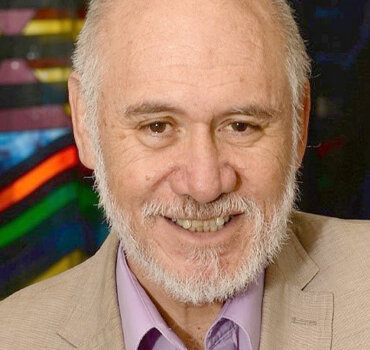
Tom Roa

Tom Roa
There is a saying amongst Ngāti Maniapoto which asserts, ‘Ki te kore koe e kōrerotia, ehara koe i te tangata. Ki te kore koe e haehaetia ehara koe i te rangatira!’ ‘If no-one talks about you you’re not a person. If no-one talks bad about you you’re not a chief!’
The current All Black coach might take a comfort in this. It is a very Māori way of looking at leadership. I’m reminded also in this context of the haka and its significance.
Commentators assert that the haka is a ‘wero’, and interpret that as a challenge,- the ‘gauntlet has been laid down’. However like many expressions of a cultural nature re-interpreted by another different cultural lens, there is something a little lost in the translation. The question for me is who is challenging whom, and why?
The ‘wero’ is performed by a ‘toa’, a warrior, or sometimes a group of toa, brandishing a ‘rākau’, a weapon, in a very stylised, yet personalised, manner in the ‘pōwhiri’, the encounter protocol practised when someone of moment, a VIP, a personage of some significance, is welcomed to a gathering of moment, of significance to those gathered, . A ‘rau’, a small carving, a leaf, a feather, of significance again to those gathered is placed in front of the VIP who then picks that up, upon which the toa again brandishes the rākau, slaps his thigh, and signals for the VIP and their party to proceed on to the meeting space with honour.
Note: the wero is ‘of moment’. It is an expression of ‘mana’, acknowledging of the status of both those who perform the wero as well as those who receive it. And is never merely a meaningless ritual to entertain.
Such also is the significance of the haka. It is an assertion of mana. The mana of those who are performing it, and of those at whom it is targetted. It is not merely a question of someone or some group merely ‘challenging’ another person or group.
Many moons ago the haka was treated as an entertainment. Worse, in 1979 the infamous ‘Haka Party incident’ in Auckland made headlines. A group of University of Auckland engineering students rehearsing their annual tradition of a mock haka were confronted by the activist group He Tauā.
Today, when our national sports teams take to their respective fields of sporting ‘conflict’ it appears to me that in their performance of the haka there is an essential expression and recognition of respect for the mana of those engaged in the ‘conflict’. The more fierce the expression in the haka, the more fierce the recognition of the mana of the opposing team.
I for one join in congratulating the Irish team for their magnificent effort in carrying the mana of Ireland into this historic series win. And that’s not just because of my Irish ancestry. But more because their response to the All Blacks’ haka was of historic moment. Most worthy of being ‘talked about.’
And the best response the All Blacks and their coach can give to the ‘haehae’, is to embrace it, and respond accordingly, with ‘mana’.








